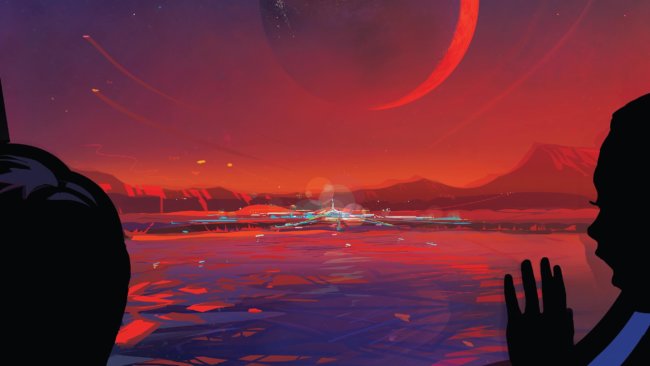
At the peak of the space race between the USSR and USA space agencies of both countries conducted secret development for the establishment of permanent space colonies in orbit of our planet and beyond. In 1975, the Research center Ames space Agency NASA has invited 10 weeks 19 professors at Stanford University to those not only developed the plan of construction of inhabited space colonies, but decided the question of the sufficiency of such station, so she could be a permanent space Outpost. For teams of researchers were set a theoretical budget of $ 35 billion (about 200 billion by the standards of 2017).
Despite the fact that in the proposed concepts of the stations now look like another vintage sci-Fi pictures, or postcards, these homes, given their 40 year history, was well thought-out in technical and engineering terms. As their creators and all argued that such permanent space colony can do to build and while the amount is less than half that of the U.S. government annually spent at that time on his arms.
In the end, the Research center named after Ames was selected in the framework of the competition three main design concept: the station “Bernal Sphere”, “Cylinder O’neill” and “Stanford torus”. Although the design of each of the proposed stations had unique shapes, all of them were developed taking into account the fact that each of them could ensure the creation of centrifugal forces to simulate gravity for its inhabitants. After the construction of the station would take place on the same orbit, is the Moon, in the so-called libration point Lagrange.
By the time when they presented these proposals, space Agency NASA just launched a probe “pioneer 10”, carrying on Board “interstellar welcome message” in every possible available space extraterrestrial intelligent life. Already at that time it seemed that the future of deep space travel is already quite close, and left quite a bit to get to it. And it’s true, in just 14 years, the humanity has managed to move from launch to orbit exceptional unmanned probes to the moon.
Unfortunately, after more than 40 years since the scientific conference, which presented these concepts, orbital space colonies we did not wait. The construction of several space stations “for the elite” course is in the nature of outstanding achievements, but against the background of the rapid development of the space sphere, which is full of 60s, 70s and even 80s years, it is no exaggeration to say that we actually got stuck in its orbit and still either can’t, or don’t want to break out of it, but not tired to declare their desire to become interplanetary.
Stanford torus
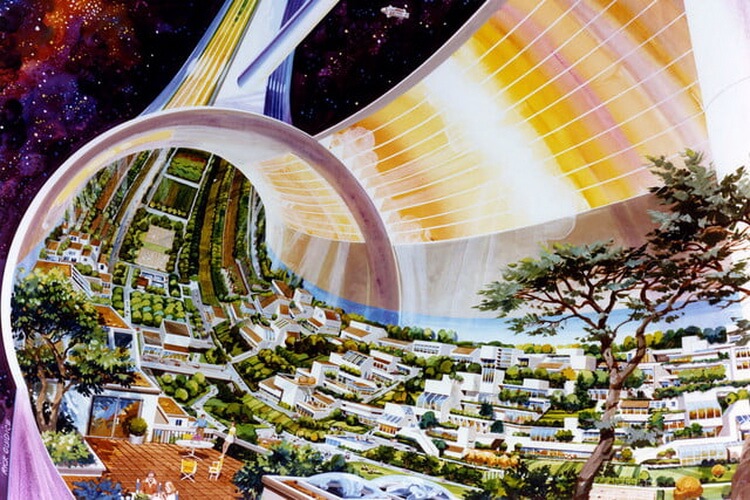
The main circular living module connected to the Central section serving as the spaceport for arriving and departing spacecraft. Total estimated weight of the whole structure of the station was approximately 10 million tons
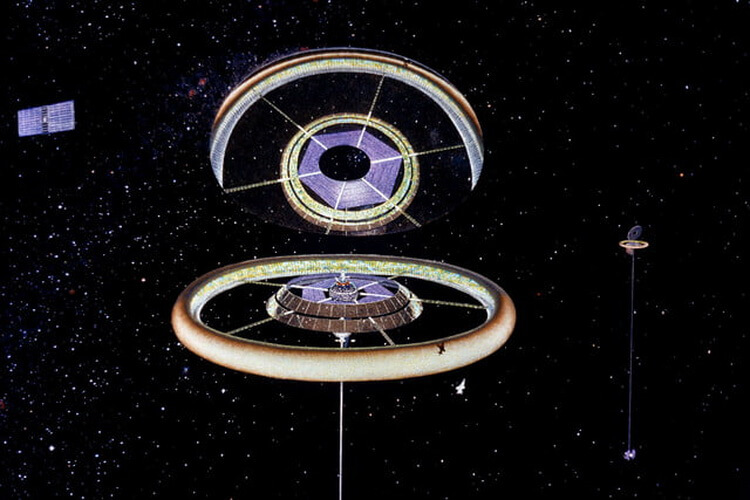
This design takes the basis of “pontooners” pipe with a diameter of about 1.5 kilometres. To create a gravity effect inside the plant, the whole structure would have made a complete revolution around its axis once a minute
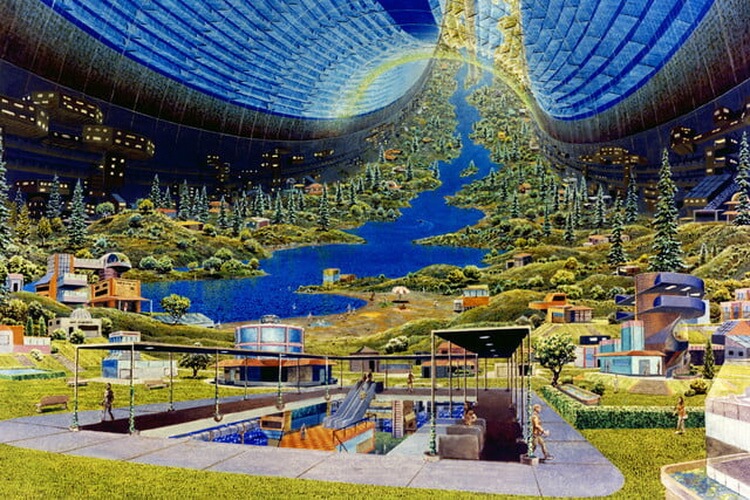
The concept of the station “Stanford torus” formed the basis of a space station shown in the film Stanley Kubrick’s “2001: a Space Odyssey”. It was envisaged that on Board this station can live up to 10 000 people
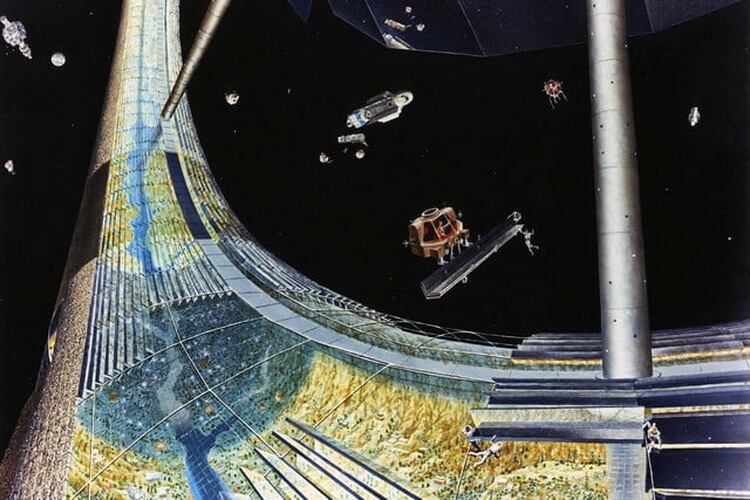
Saturation station, the sunlight would be ensured by a special system of mirrors
The Scope Of Bernal
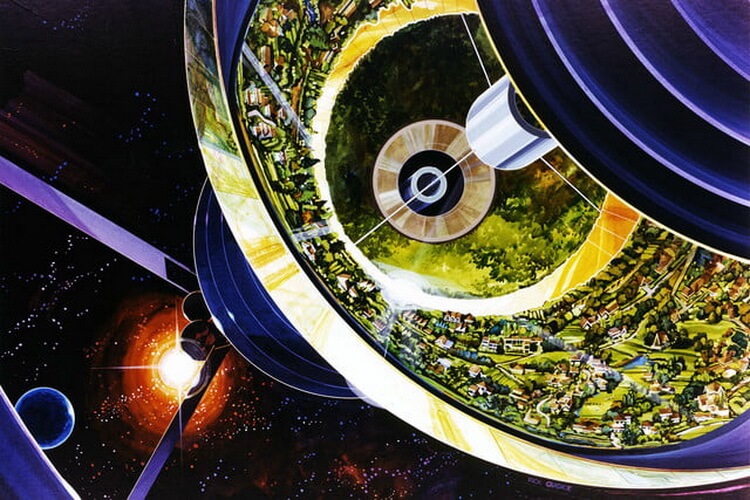
The original concept of “spheres” was proposed in 1929 by John Desmond Bernal. As planned, the station looked like a sphere with a diameter of 16 kilometers. To create the gravitational effect of this edifice would be required to make two full rotations around its axis per minute
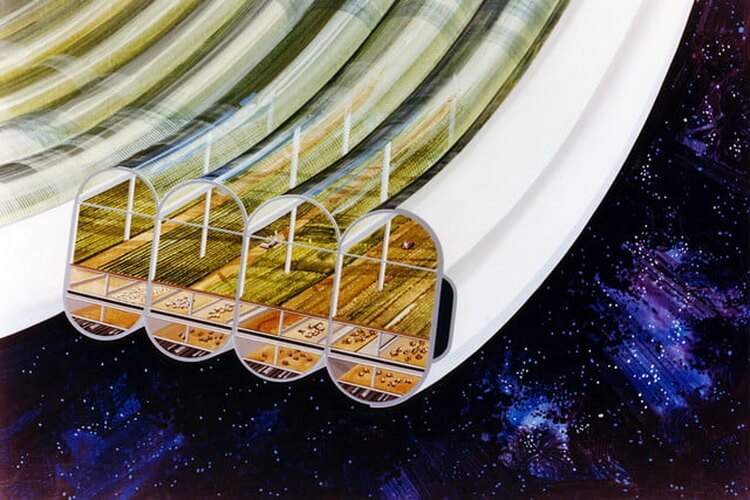
The food for these colonies were grown inside additional external closed sections in the form of a cylindrical or ring-shaped structures. Within these areas had to always remain a special atmospheric and temperature conditions, making the crop would be grown every Bush of this or that culture
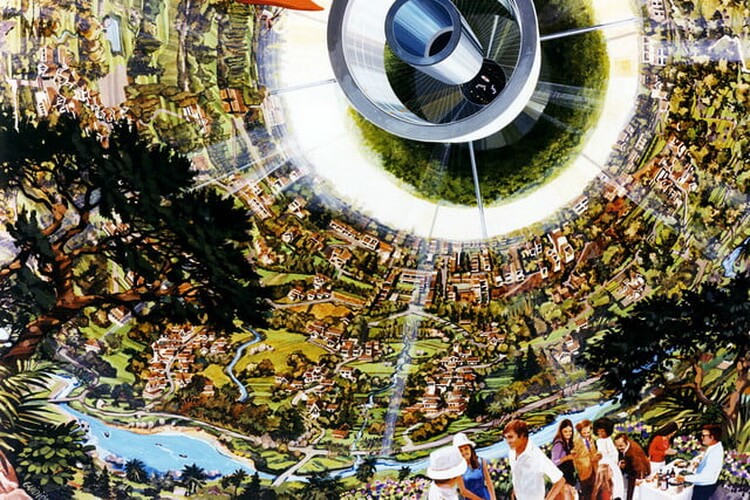
One station “Bernal Sphere” could fit on Board at the same time from 20 to 30 thousand people
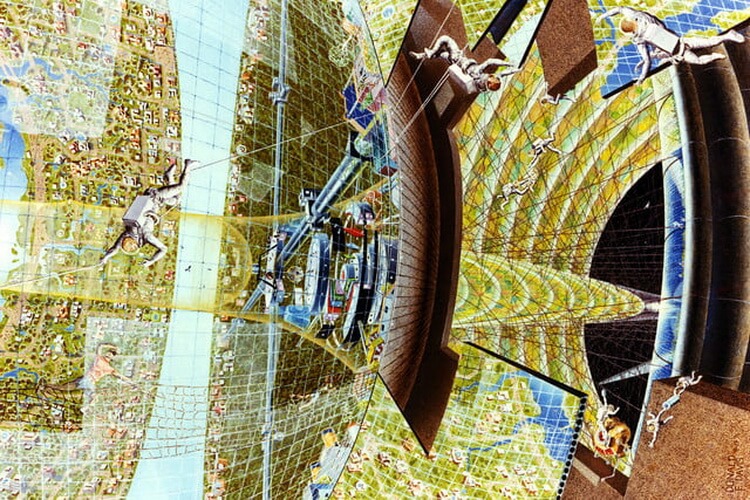
The plant design took into account protection from meteorite strikes. In fact, the developers had agreed that the meteorites will be able to penetrate the outer skin of the station approximately every three years. However, each such event would not represent serious security threats – the air from a station of this size will go forever. That is, the engineers had enough time to patch up the damage before the moment of life of its inhabitants will be at risk
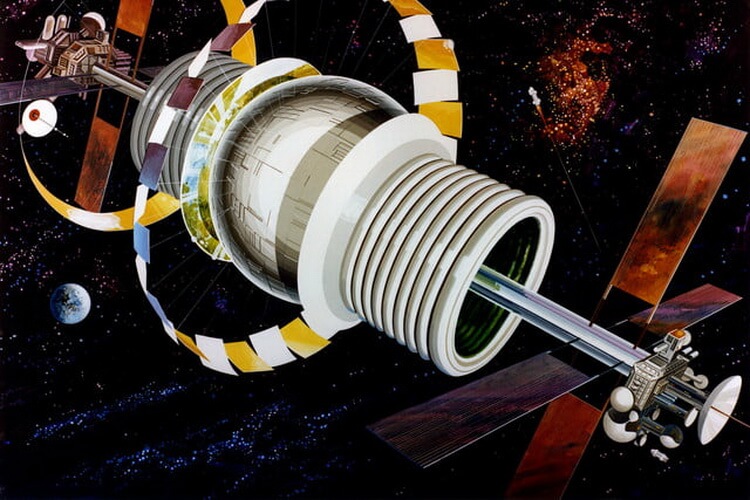
As in the case of “Stanford torus” providing the station with sunlight would be carried out by a special system of mirrors
The O’neill Cylinder
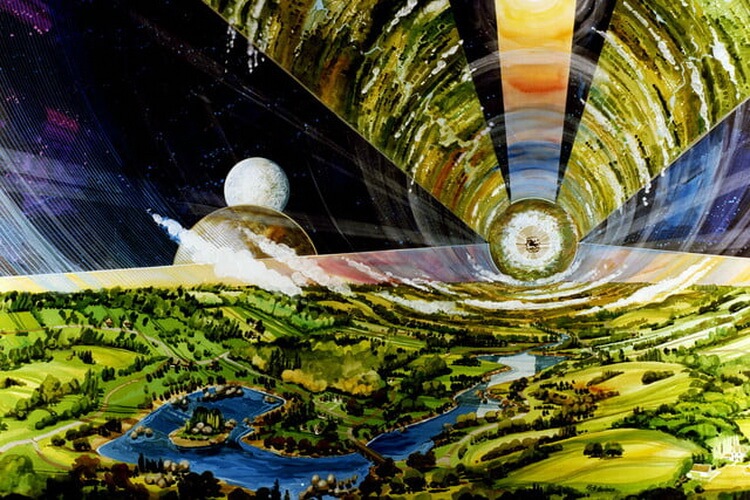
The largest of the proposed projects for space colonies was the “O’neill Cylinder”. One such station would occupy an area of 160 square kilometers and contain on Board up to one million people. Inside these cylindrical colonies, reaching a length of up to 30 kilometres, would grow whole forests, ponds, and entire biomes. The inhabitants of the station would be able to control not only the climate, but also to simulate the whole earth’s seasons
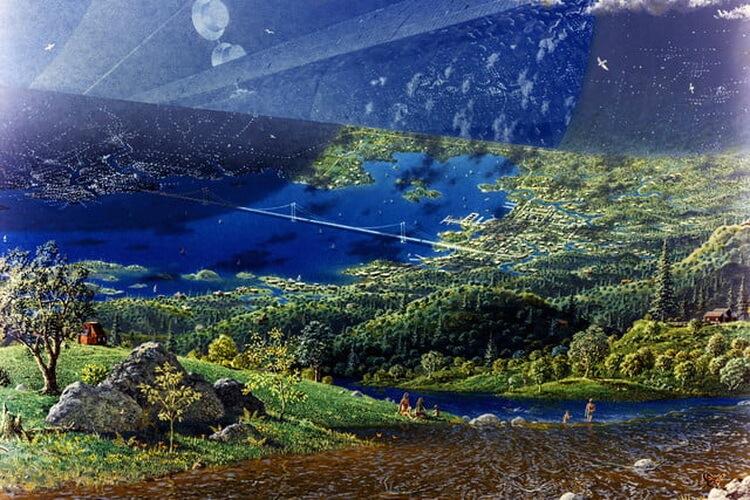
According to Jerry stone, head of project SPACE the British interplanetary society, thanks to the huge size of the station and the possibility of controlling the climate in these O’neill Cylinders could be “to create real rain clouds”
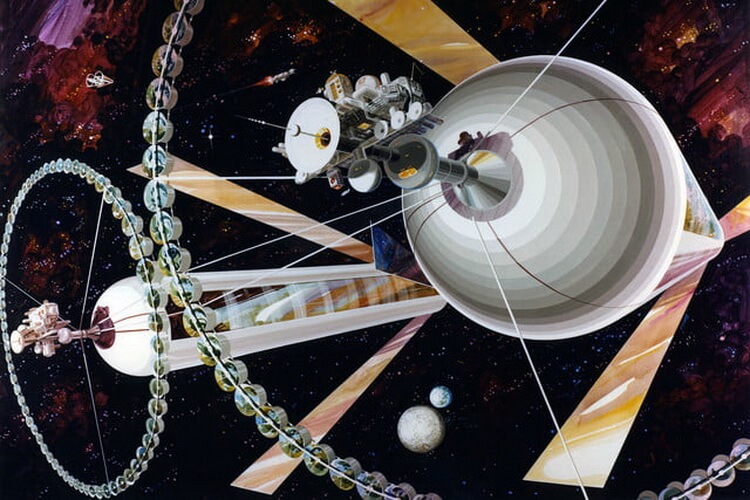
As stated by one of the technical experts at the congressional hearings in 1975 on the future space missions, like space colony could someday reach a similar level of life: “a Ten-minute walk up the hill and you are in a low-gravity area, where people literally will be able to soar. Sports and ballet with such capabilities would be able to reach a new level”
NASA this was in the 70-ies of their victory in the space race
Nikolai Khizhnyak